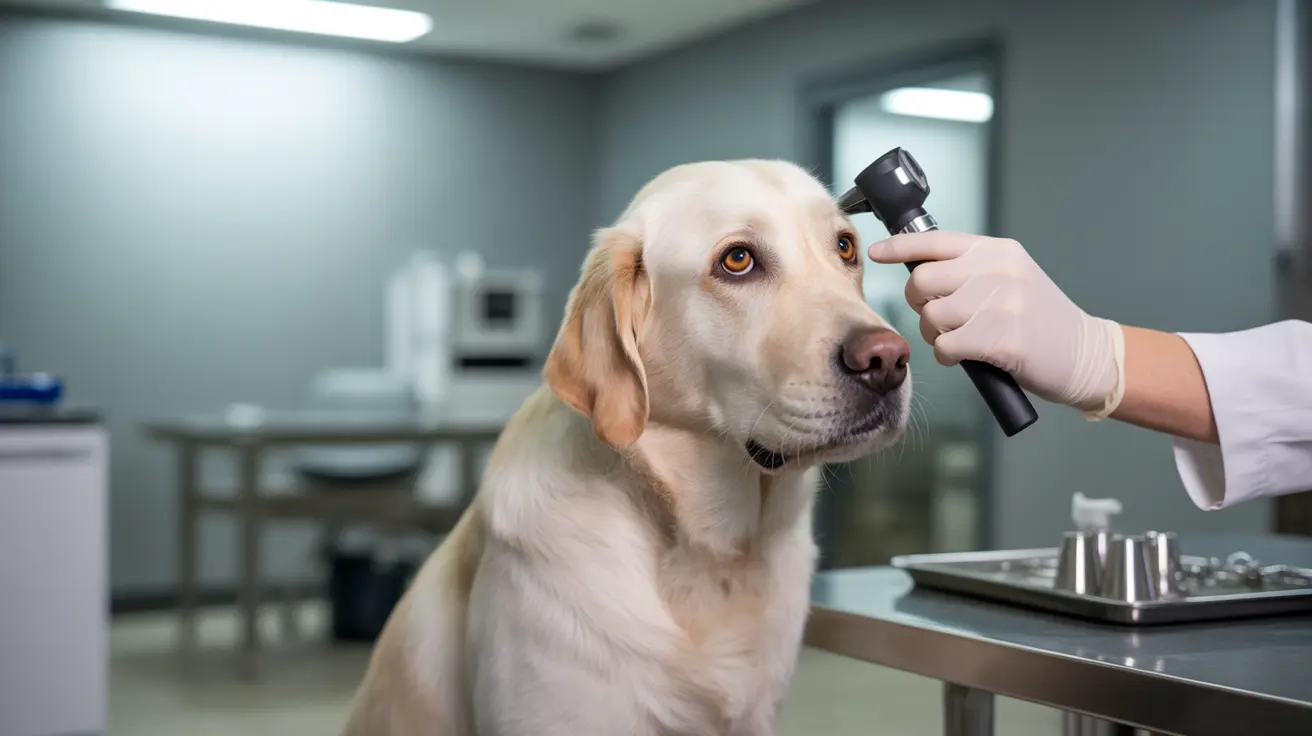Why You Should Avoid Feeding Raw Pork to Your Dog
Feeding your furry companion a safe and nutritious diet is essential for maintaining their overall health. While many meats are beneficial to a dog’s diet when prepared properly, there is one meat in particular that pet owners should avoid feeding dogs—raw pork. In this article, we’ll explore the reasons why raw pork is dangerous for dogs, what risks it poses, and how to safely incorporate meat into your pet’s meals.
The Dangers of Raw Pork
Although pork is a source of protein, feeding it raw to dogs can lead to serious health events. Here are the critical reasons:
- Parasitic infection: Raw pork may contain the larvae of Trichinella spiralis, a parasite that causes trichinosis. This infection can lead to gastrointestinal upset, fever, muscle pain, and inflammation.
- Bacterial contamination: Raw pork often harbors microorganisms like Salmonella or E. coli. Consuming infected pork can cause vomiting, diarrhea, lethargy, and dehydration in dogs.
- High fat content: Raw pork’s fatty makeup can trigger pancreatitis in dogs, an inflammation of the pancreas that is painful and potentially life-threatening.
- Choking hazard: Raw pork bones may splinter under bite pressure, posing a choking or blockage hazard in the gastrointestinal tract.
Signs Your Dog May Be Affected
If your dog has consumed raw pork, watch for these symptoms of illness:
- Vomiting or diarrhea
- Lack of appetite
- Muscle stiffness or pain
- Lethargy
- Fever or trembling
- Abdominal discomfort
Any of these signs warrant immediate veterinary consultation. Trichinosis and bacterial infections can progress rapidly without proper intervention.
Safe Alternatives to Raw Pork
Luckily, your canine friend has many other protein options:
- Chicken (cooked): Lean and easily digestible.
- Beef (cooked): Rich in iron and protein.
- Turkey (cooked and skinless): Lower in fat and nourishing.
- Lamb (cooked with no bones): Ideal for dogs with poultry allergies.
- Fish (like salmon or whitefish): Great source of omega-3 fatty acids.
How to Safely Include Pork
If you want to feed pork, it must be:
- Thoroughly cooked to an internal temperature of at least 145°F (63°C)
- Boneless and unseasoned (many spices and ingredients like garlic or onions are toxic to dogs)
- Lean cuts only, avoiding processed pork like bacon, sausage, or ham due to excessive salt and preservatives
Preventive Care and Hygiene
To reduce the risk of dietary infections and complications in dogs, it's advisable to:
- Maintain proper food handling and thorough meat cooking practices
- Practice good hygiene by cleaning food surfaces and dog bowls regularly
- Introduce new proteins gradually and watch for allergic reactions
Consult Before Changing Diets
Always speak with your veterinarian if you're considering adding new meats or making major dietary changes. Veterinary professionals can recommend dog food plans tailored to your pet’s breed, age, and health concerns.
Conclusion
While protein is vital for canine health, raw pork remains a meat best avoided due to its parasite and contamination risks. Cooked meats with appropriate preparation and veterinary approval make far better choices. Your dog’s nutrition directly affects their longevity, quality of life, and comfort—so it’s worth making safe, informed decisions about their diet.





